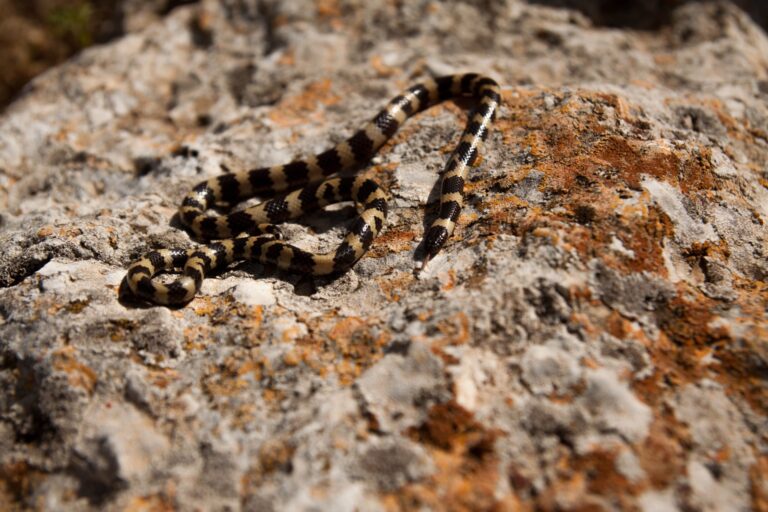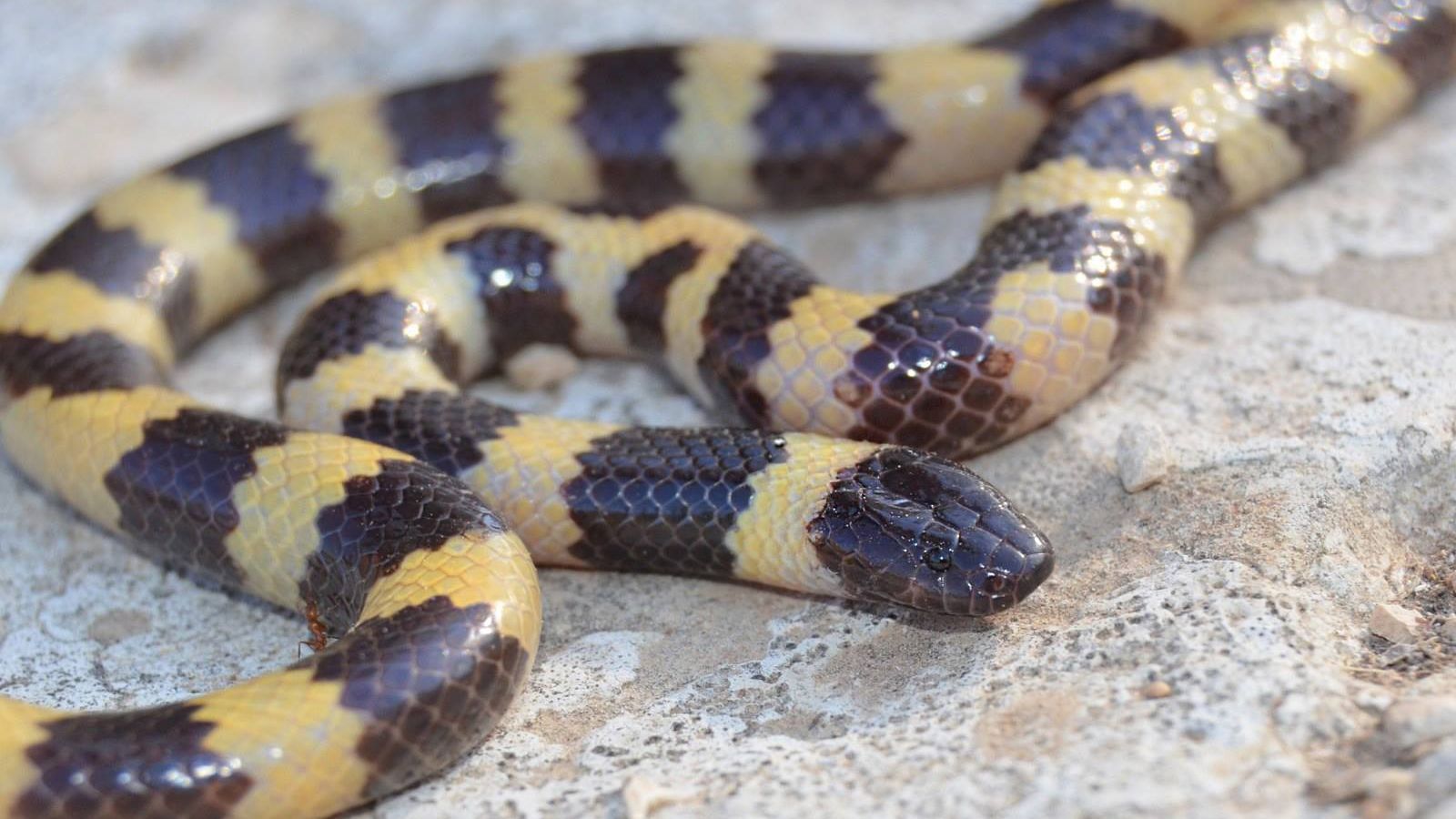A whole new family of snakes previously believed to belong to the largest snake family in the world was recently singled out as unique by scientists. The family is comprised of three known species, one native to Israel and its neighbors and two to East Africa.
The new family is called Micrelapidae, and its members Micrelaps. These small snakes, usually with black and yellow rings, are now believed to have diverged from the rest of the evolutionary tree of snakes some 50 million years ago.
“Today we tend to assume that most large groups of animals, such as families, are already known to science, but sometimes we still encounter surprises, and this is what happened with Micrelapid snakes,” explains Prof. Shai Meiri of Tel Aviv University, who participated in the study alongside colleagues from Belgium, Finland, Hong Kong, Madagascar and the United States.
“For years they were considered members of the largest snake family, the Colubridae, but multiple DNA tests conducted over the last decade contradicted this classification. Since then, snake researchers around the world have tried to discover which family these snakes do belong to – to no avail. In this study we joined the scientific effort.”

In their study, published in the journal Molecular Phylogenetics and Evolution, the researchers used micro-CT technology to examine the snakes’ morphology, in particular the skull. They also applied methods of deep genomic sequencing, examining about 4,500 ultra-conserved elements, namely regions in the genome that take millions of years to exhibit any change.
“In addition to the DNA of Micrelaps we sampled DNA from various snake groups to which they might have belonged. In this way we discovered in Micrelaps some unique genomic elements, which were not found in any of the other groups,” Meiri says.
Upon diverging from other snakes around 50 million years ago, the snakes went on to evolve independently as a small and separate family – two species can be found in Kenya and Tanzania, and one in Israel, northern Jordan, the Palestinian Authority and southern Syria and Lebanon. Their geographic dispersion suggests that the snakes likely originated in Africa, with some later making their way north through the Great Rift Valley.
Fighting for Israel's truth
We cover what makes life in Israel so special — it's people. A non-profit organization, ISRAEL21c's team of journalists are committed to telling stories that humanize Israelis and show their positive impact on our world. You can bring these stories to life by making a donation of $6/month.






